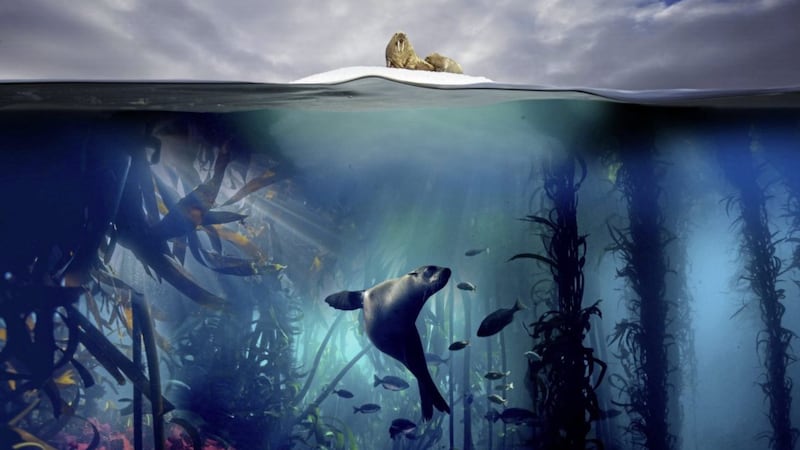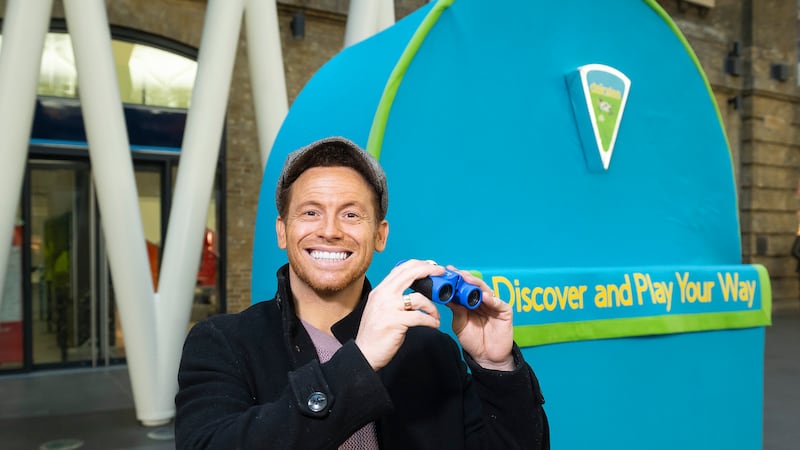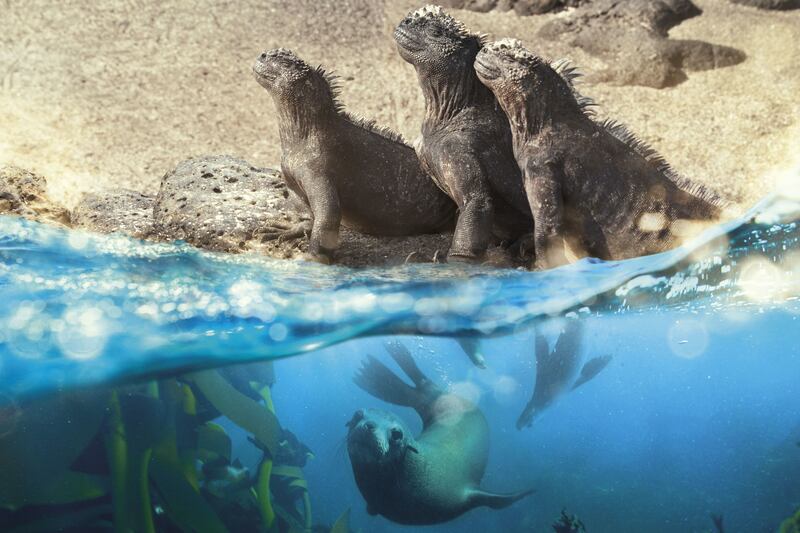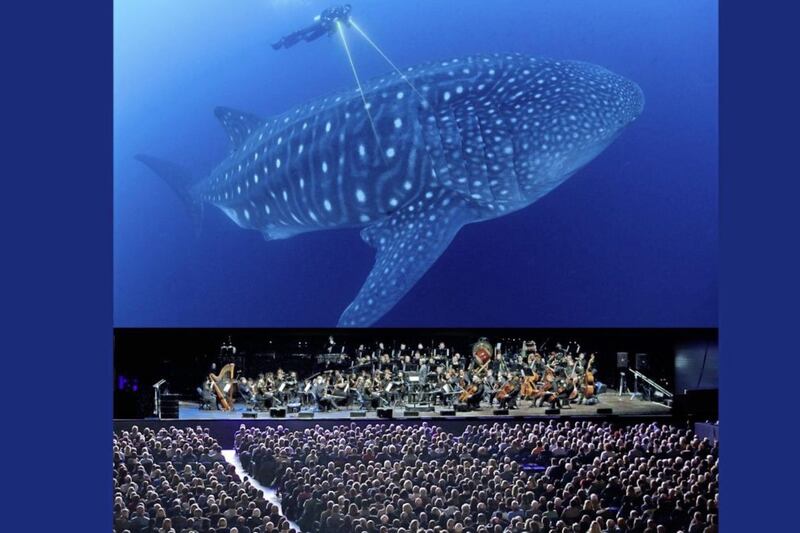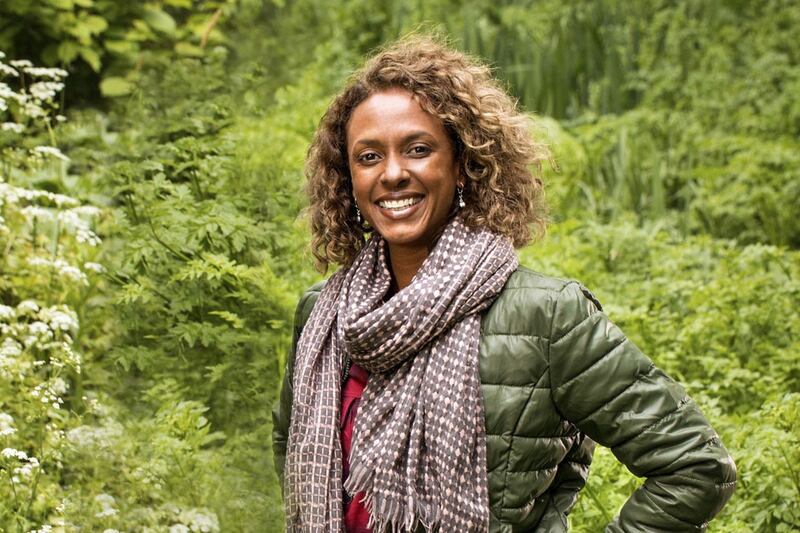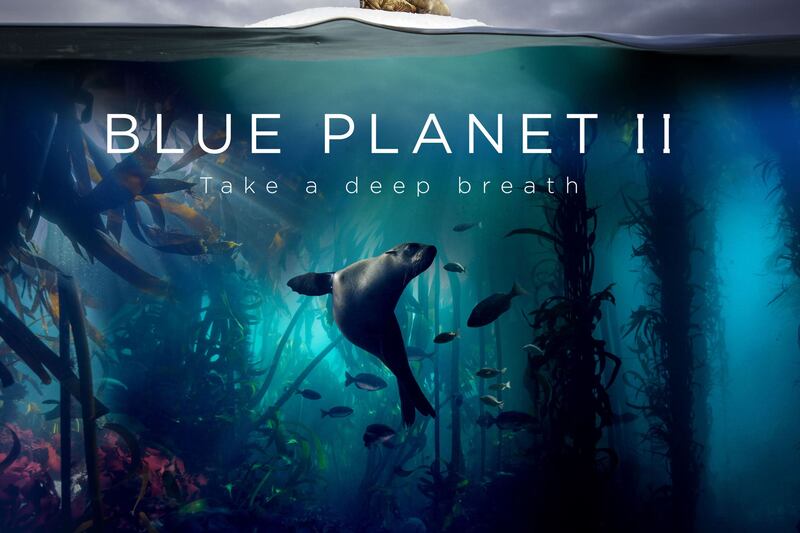COMPLETING 125 expeditions in 38 countries, the Blue Planet II team has explored new depths and made fascinating discoveries about a largely unknown world below the waves.
But with those findings comes a very important message: our oceans are at risk and we need to protect them.
"We have a responsibility," says Sir David Attenborough, who narrates the seven-part series. "Every one of us. For the first time in the history of humanity, for the first time in 500 million years, one species has the future in the palm of its hands. I just hope he realises that that is the case."
Destination: Galapagos Islands
Seen on screen: "When you work in this business you often get asked where the favourite place you've filmed is and I never had an answer until I visited Darwin Island in the Galapagos five years ago," says assistant producer John Chambers.
"It was the most stunning underwater landscape with thousands of sharks on every dive, my dream location!"
But when he returned to film for Blue Planet II, the world's biggest fish were nowhere to be seen. The most likely explanation for their late arrival was the effects of El Nino and warmer water temperatures.
"It shows just how sensitive the oceans are to subtle changes," he says.
The team did eventually manage to capture footage of the animals, including scenes of blacktip sharks rubbing up to pregnant whale sharks.
How you can do it: Wolf and Darwin island are considered to be two of the best dive sites in the world, with hammerheads, eagle rays and dolphins amongst the abundant marine life, but challenging currents mean trips are best suited to more experienced divers. Whale sharks are attracted to the area from June to November, when the Humboldt current is strong. Dive Worldwide (diveworldwide.com) offer a 10-day liveaboard trip from £5,745pp.
Destination: Trinidad
Seen on screen: Producer Will Ridgeon and his team visited the Caribbean island to film leatherback turtles nesting on the beaches. He says: "It is an incredible feat to witness, as these giant females leave the water and lumber up the beach to dig their nest – weighing half a ton you can hear them before you can see them in the darkness – the heavy thud of each huge flipper, the roaring and groaning of the effort."
The team wanted to share the spectacle with viewers, but were also keen to highlight just how vulnerable they are.
"Around the world these magnificent animals, whose ancestry dates back to the dinosaurs, are in trouble from pollution, bycatch and poaching," explains Will.
"On some of the islands in the Caribbean though, like Trinidad, many communities are working hard to save them."
How you can do it: Access to beaches during the nesting season (March to August) is restricted but it is possible to visit as part of a tour. Viator (viator.com) offer a trip to Matura Beach on the north east coast, in conjunction with an authorized turtle protection group. Guests are collected from the Port of Spain for a moonlight tour and, depending on the time turtles arrive, return five hours later. From £104.76 per person.
Destination: Norway
Seen on screen: The original Blue Planet featured scenes of orcas hunting heron by coralling them, but recent research has shown humpbacks are now getting in on the action and the team were keen to capture that.
"Swooping in and opening up their vast mouths, the humpbacks swim through the buffet that the orcas have so generously laid on for them, and gobbling up dozens of fish in a single pass. It's a smash and grab run of epic proportions," says cameraman Ted Giffords.
How you can do it: One of the best places to spot whale year round is Andenes in the north Vesteralen islands just off the coast of Tromso. But in winter, orcas join the fray. Discover the World (discover-the-world.co.uk) offer a 2-4 hour trip for £99 per person.
